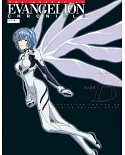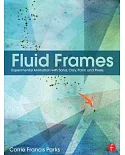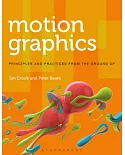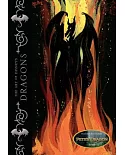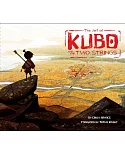This dissertation tries to understand why the animated films of Japanese director Hayao Miyazaki have been so popular in other countries. Why, in particular, have audiences in Western nations,
such as the United States and Germany, accepted and acclaimed them? The films are rife with animism and pantheistic religious elements that could clash with the beliefs of viewers in those
countries. Author Ogitara-Schuck proposes that the films act as an inter--religious dialogue between animism and Christianity. The "openness" of the animated film medium promotes this dialogue.
To reach this conclusion, she examines adaptations, translations and reviews of five of Miyazaki’s films: Nausicaa of the Valley of the Wind; My Neighbor Totoro; Princess Mononoke; Spirited
Away; and Ponyo On The Cliff By The Sea. Annotation ©2015 Ringgold, Inc., Portland, OR (protoview.com)






